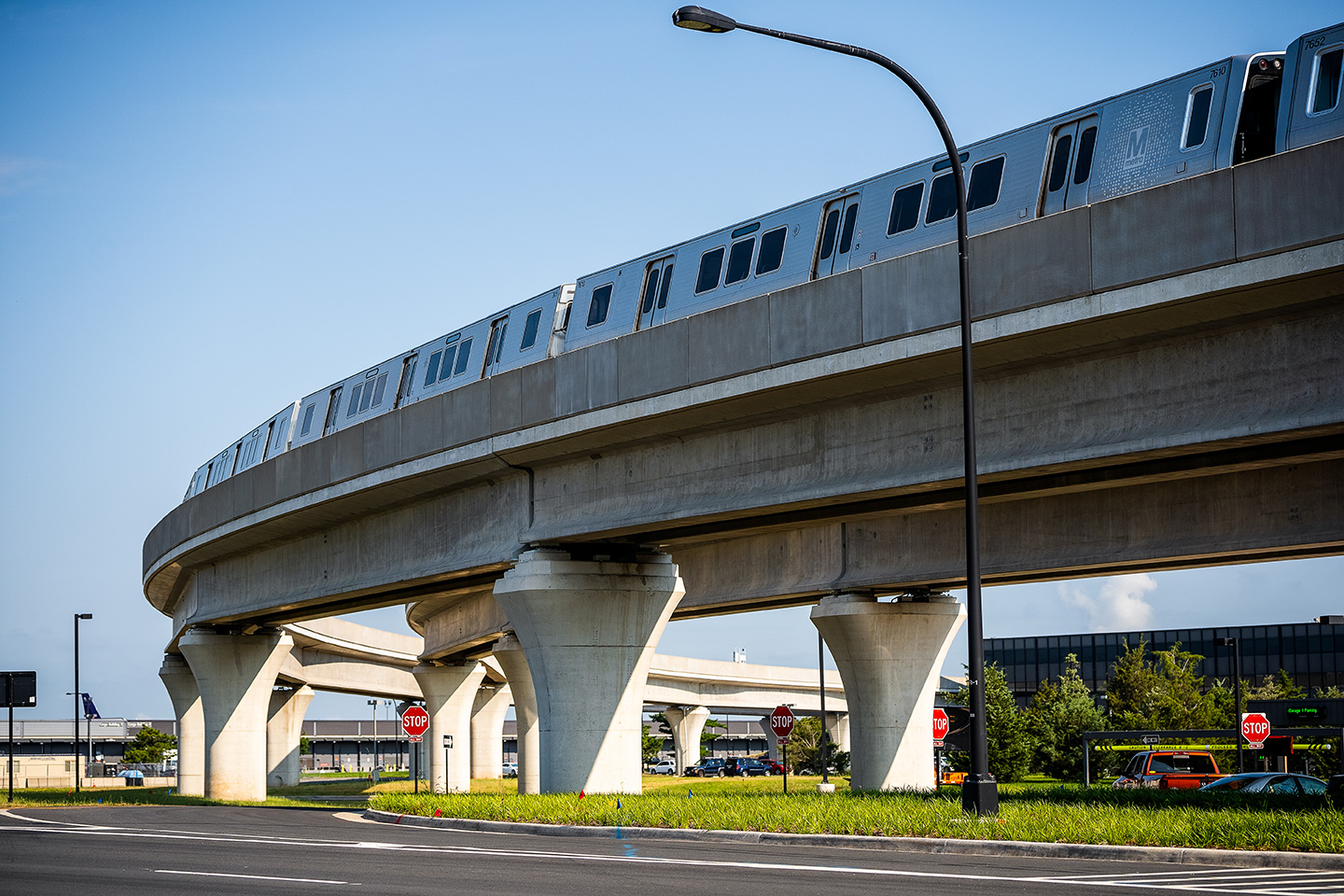Industry projections point to a continued increase in the use of alternative project delivery (APD) methods nationwide. The Design-Build Institute of America estimates, for example, that design-build construction spending in non-residential market segments, such as transportation and water/wastewater, will reach as high as 47% of the total spending by 2025.
These projections come as no surprise. While design-build has frequently been used in the mid-Atlantic over the past 20 years, particularly in transportation, we are now seeing public agencies embrace this approach from coast to coast. With billions in federal investment dollars available through the Bipartisan Infrastructure Law (BIL), we anticipate that more states will turn to design-build as a preferred delivery method.
New York, for example, will receive $13.6 billion over five years in federal highway formula funding for highways and bridges. Pennsylvania will see $13.2 billion for highways and bridges, and New Jersey will receive $8.1 billion. Significant funding is also available for passenger and freight rail improvements and airport infrastructure development, including $685 million for airports in New York alone. With these investments in place and the need to move quickly, Northeastern states and other regions throughout the U.S. are certain to look to the expedience of design-build.
“Design-build requires close collaboration and trust among partners, as well as the specialized experience to take on complex, time-sensitive projects.”Dave Mahoney
Proven Partnerships and Best Practices
After two decades, we are fortunate to have achieved industry leadership in APD, including design-build. Over the past 20 years, we have completed more than 130 design-build projects nationwide, representing over $20 billion in construction value. Our first project — improvements to Virginia State Route 28 near Washington Dulles International Airport — taught us a lot, and we have learned from every design-build project since.
We recognized early on, for example, the importance of establishing solid partnerships with contractors and other team members. Design-build requires close collaboration and trust among partners, as well as the specialized experience to take on complex, time-sensitive projects.
Close working relationships with experienced contractors lead to greater innovations and timely problem-solving, while minimizing risks. These productive partnerships create a win-win situation for our clients and team members. That has proven true on the many small-scale projects we’ve completed for municipalities as well as ambitious, multi-phase initiatives such as the 11.4-mile Dulles Corridor Metrorail (Silver Line) project we completed with Capital Rail Constructors for the Metropolitan Washington Airports Authority. Clients including the U.S. Army Corps of Engineers, the Port Authority of New York and New Jersey, the Long Island Rail Road, and the New York State Department of Transportation are among the agencies who have also embraced design-build as a preferred delivery method for many projects.
 The $1.18-billion second phase of the Dulles Corridor Metrorail, also known as the Silver Line, is an 11.4-mile extension by the design-build team of Capital Rail Constructors for the Metropolitan Washington Airports Authority.
The $1.18-billion second phase of the Dulles Corridor Metrorail, also known as the Silver Line, is an 11.4-mile extension by the design-build team of Capital Rail Constructors for the Metropolitan Washington Airports Authority.
Experience in the field is another important ingredient. We have provided construction administration and quality assurance on most of our major design-build projects, and this knowledge informs our work as designers. Sophisticated project controls, including project dashboards, package trackers, and scheduling, help keep design-build projects of all sizes on budget and schedule. We have also introduced a monthly project review process that supplements our regular meetings and enables us to monitor projects closely.
Taking Our Expertise Coast to Coast
Leveraging our experience, knowledge, and resources, we have successfully transitioned our design-build expertise nationwide. We’ve expanded our portfolio with many projects in the water/wastewater market as well as new projects in architecture and the federal market. As we assist clients in optimizing federal funds through the BIL and other sources, this experience will be vital in rehabilitating and improving highways, bridges, airports, transit systems, and water/wastewater facilities. Design-build for public projects is now practiced in 26 states and the District of Columbia, and will only continue to grow as an industry standard.